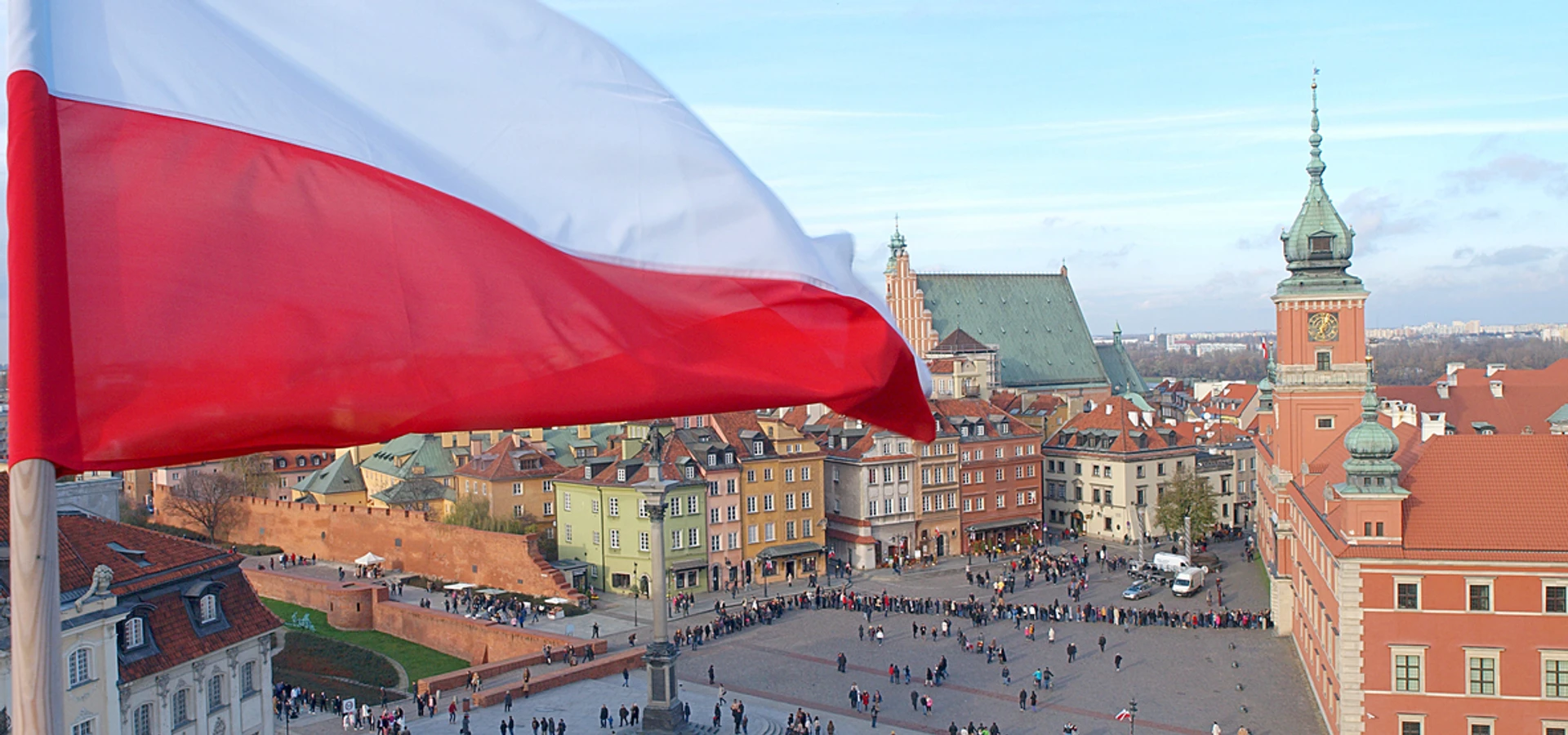Luminoso now natively supports documents in the Polish language. When you log in to Luminoso Daylight to create a new project, you’ll see Polish as a new option in the language dropdown.
With the addition of Polish, Luminoso now natively supports 15 language models, adding to our existing lineup of Eastern and Western languages. This is critical for global organizations that are concerned about the voice of their customers. That’s because analyzing data collected from customers across many different languages introduces quite a few challenges.
Manually reading entries for a new language requires a subject matter expert who can also speak it, making it difficult to spot related issues for those who are non-native speakers. Basic concepts that are meaningful in one language might not be meaningful in another, and this difficulty extends to expressions, slang, and even emoticons.
Take, for example, this article about the Polish phrase mieszkam na zadupiu. Native Polish speakers would roughly translate this in English to I live in the middle of nowhere. Google Translate, however, had another idea: its algorithm originally translated the phrase to I live in the city of Kraków, the second largest city in Poland – far from the middle of nowhere.
Challenges like these aren’t encountered for lack of machine translation or power. It’s because the ability to truly understand the nuances and intent of native speakers is a huge task.
That’s where our common-sense approach to artificial intelligence has an advantage. Since our product is built on a background space with interrelated data across dozens of languages, Luminoso requires significantly less data to support each additional language. Our ability to spot emerging issues and understand unfamiliar terms from context extends beyond English, without months of manual model tuning by experts.
Still, we understand and enjoy working through the challenges in bringing additional languages to our platform. That’s why it’s a big deal each time we add a new one.
Super, nie?



























